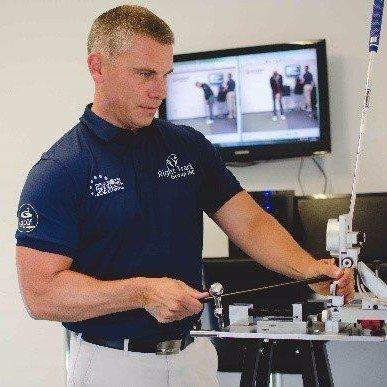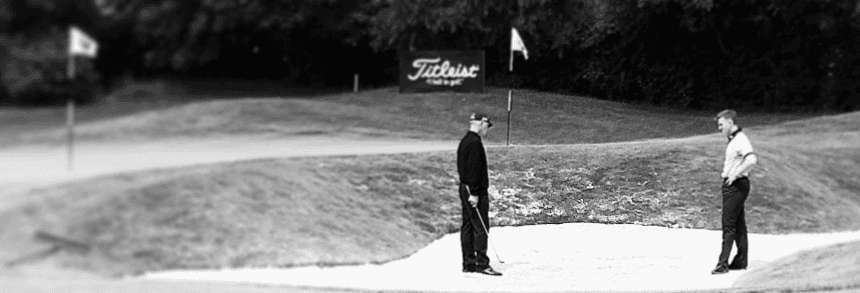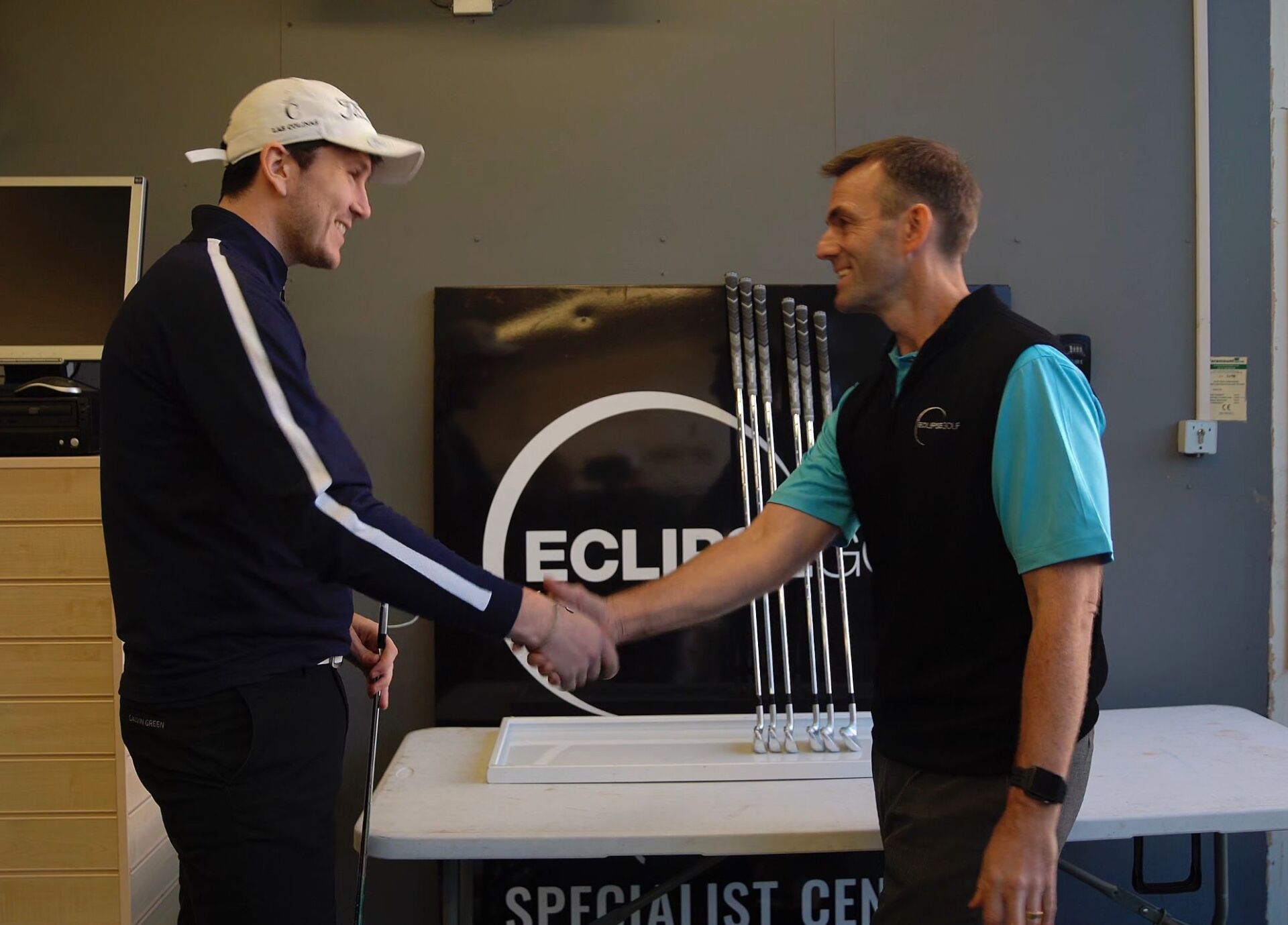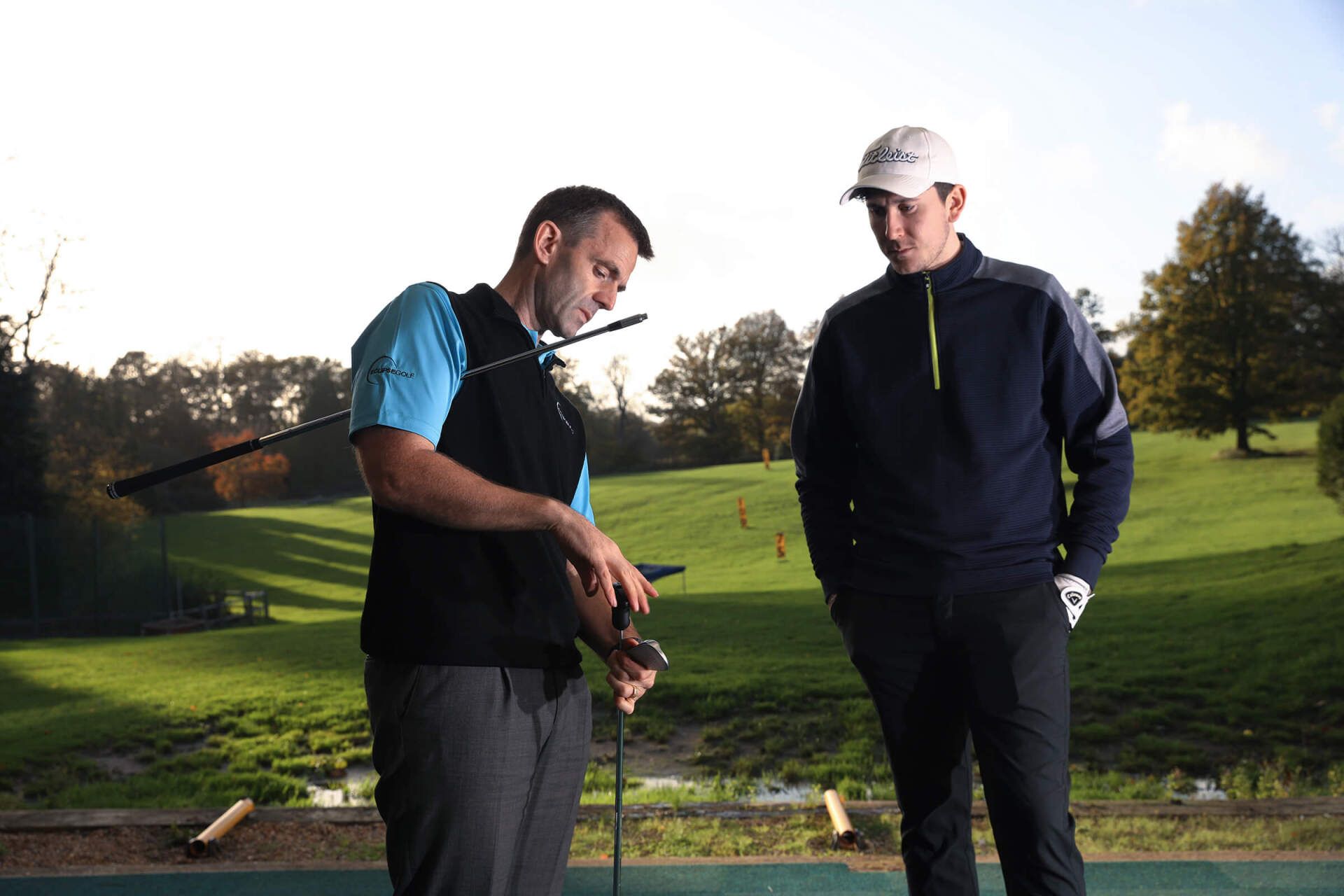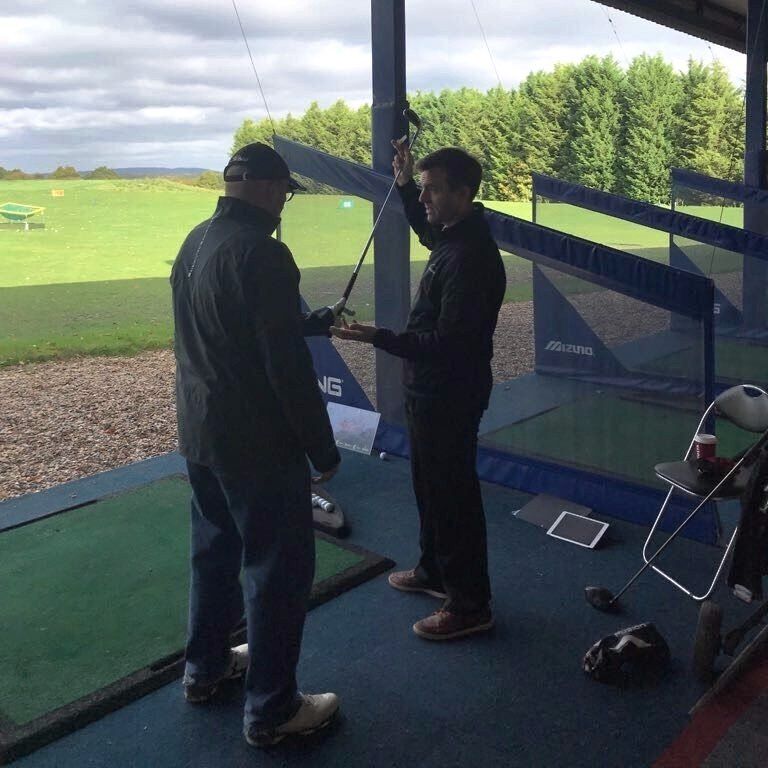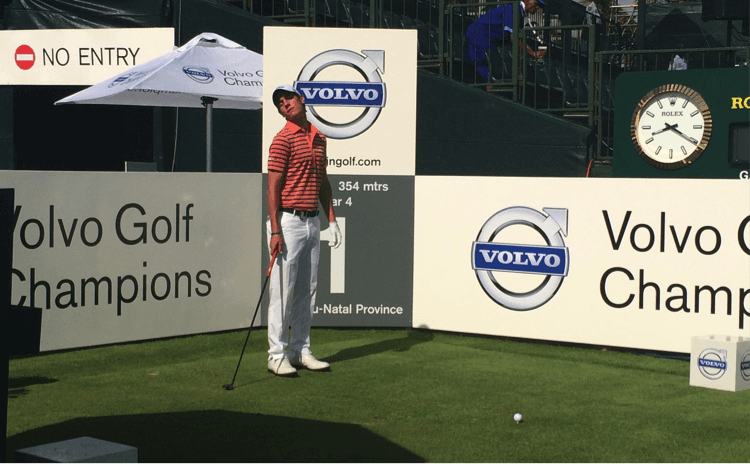Lessons Learned Fitting Alex Noren
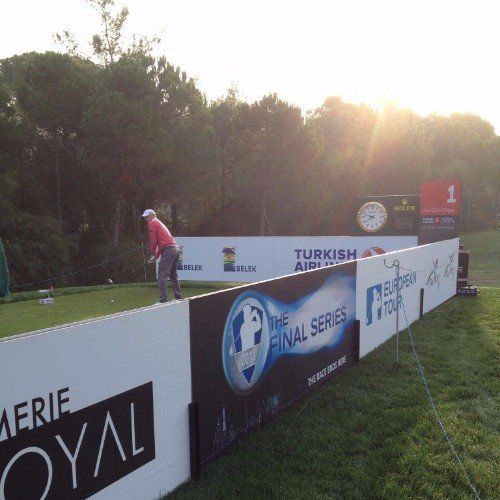
Alex during a practice round - Turkey 2014.
I first met Alex in 2012 when we met at Walton Heath to work on finding the right driver shaft for him. I was immediately struck at how professional he was in demeanour and appearance. He was also always so appreciative of your efforts and time and would insist on helping us pick up the balls after we’d finished!
Alex wanted to hit the ball as hard as he could without fear of losing the ball left. At the time in 2012 we ended up with an Aldila Phenom shaft that had low torque and weighed in at around 68grams. He changed shafts multiple times over the next few years as we tinkered with different head options but the shaft would invariably have a similar ‘character’ even though the brand of shaft would often change. I kept a track of all the players’ shaft preferences over time and I saw this trend repeated regularly. I used a code to help keep track and in Alex case his code was HLH
(Heavy weight, Low torque and High kick).
We used TrackMan quite a bit when I was on Tour and Alex was very keen on seeing certain numbers. He was always trying to keep everything very neutral in terms of path (horizontal path into the ball) and attack angle (vertical descent/ascent). For him this was a barometer of how he was swinging and when he saw the numbers he wanted it seemed to clear his mind to go and play.
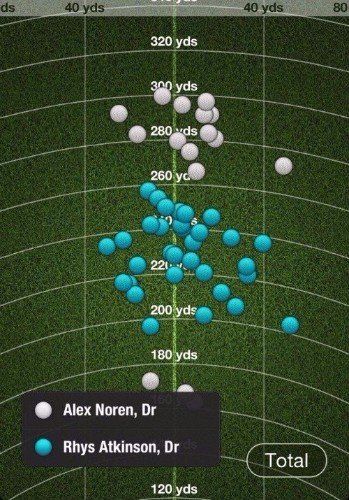
Some driving fun - obviously I was taking it easy!
One of the best lessons I picked up working with Alex was when we experimented with shortening his driver length at the back end of 2014. We still kept the swing-weight up but took the driver length down to 44” from his normal 45”. The goal as always was more fairways and long! The most important observation of this exercise was that his swing-speed did not drop. I’ve used this experience many times since starting Eclipse Golf often watching how the speed does not drop for most players if shortening their driver and in many cases it can pick up due to confidence improving and the feeling for a player that they can swing harder without losing control.
Manufacturers design length of most of their drivers is north of 45.25”. This is an attempt to deliver distance through speed of swing but it can often sabotage technique, control and confidence.
Shortening worked for Alex - in his first 4 events after making the change in 2015 he finished T37 (Abu Dhabi), 9th (Qatar), 2nd (Dubai) and 11th in Thailand – not bad!!
So if you sometimes think you hit your 3w further than your driver you may now have an inkling why that might be – shorter shaft, more control, more confidence and no loss of swing-speed.
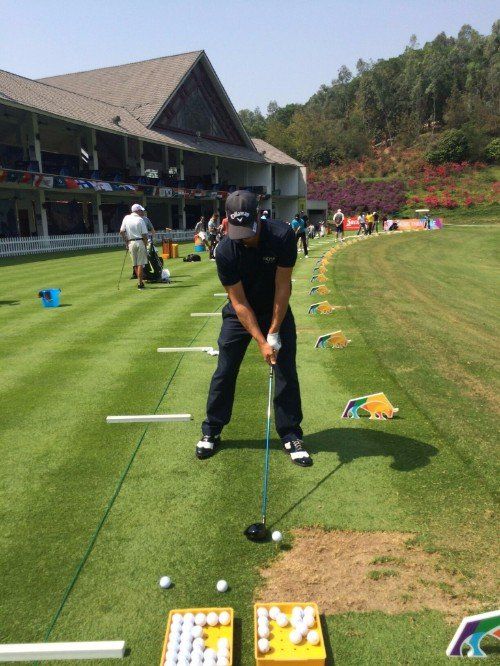
Alex hitting his shortened driver in China 2015.
If you’d like to assess your driving or any other part (or all) of your golf equipment just give us a call - we’d love to help!
www.eclipse-golf.co.uk / 07715 419862 / 01293 223 028
